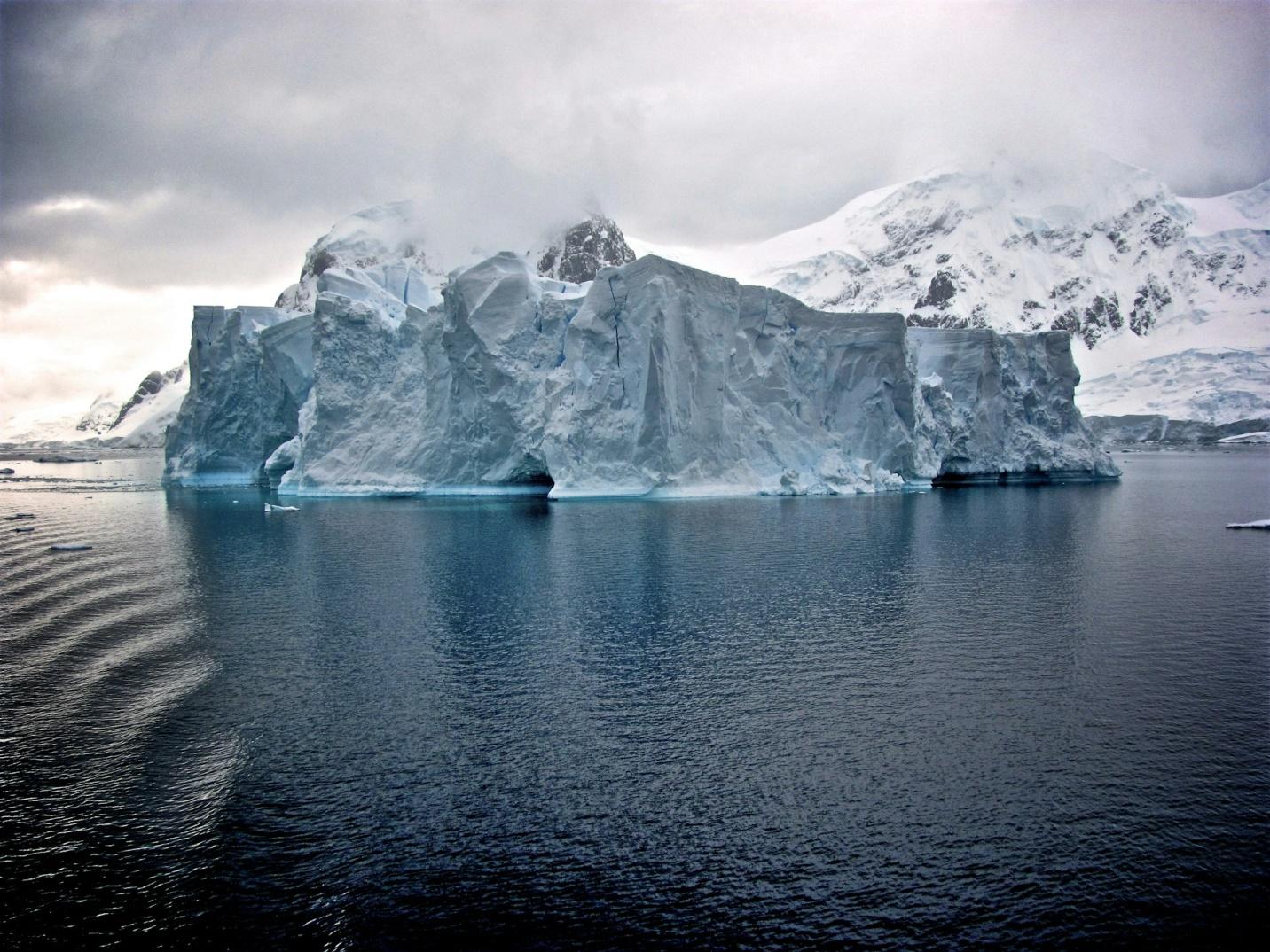
It’s hard to truly wrap your head around Antarctica. Think bigger than the continental U.S. and Mexico combined, buried under miles of ice in some spots – a vast, white wilderness dominating the planet’s southern pole. For centuries, it existed more in imagination than reality, then became the setting for harrowing tales of exploration and survival. Today, it’s a global hub for crucial scientific research, governed by a unique international treaty, and, surprisingly, a bucket-list destination for adventurous travelers seeking raw, untamed nature.
This immense, frozen landscape isn’t lifeless; it hosts incredible wildlife perfectly adapted to the extreme cold, and its stark, dramatic vistas offer some of the most breathtaking scenery on the planet. Getting there usually means a serious sea voyage, often aboard comfortable, specialized luxury cruise ships (i.e.Swan Hellenic) designed to bring people face-to-face with this extraordinary and fragile environment.
Despite the overwhelming ice and brutal cold, Antarctica buzzes with life, particularly along its coasts and in the surrounding Southern Ocean. This is where you’ll find the continent’s famous residents. Huge colonies of penguins – including the stately Emperor, comical Adélie, and busy Gentoo and Chinstrap species – gather in unbelievable numbers during the breeding season. Seals are everywhere: lumbering Weddell seals near ice cracks, formidable Leopard seals hunting penguins and other seals, and massive Elephant seals battling for dominance on beaches. Look to the water, and during the summer feeding season, you might spot magnificent whales – Humpbacks breaching, sleek Minke whales surfacing, and pods of Orcas on the hunt. The secret to this abundance lies in the nutrient-rich ocean, especially the massive swarms of tiny krill that form the base of the entire food web. Every creature here is a master of survival, perfectly tuned to the Antarctic environment.
For most people wanting to witness this spectacle firsthand, the journey involves joining an expedition cruise. This is the primary way non-scientists visit the continent, typically embarking from ports in southern South America like Ushuaia, Argentina. After crossing the notorious Drake Passage (which can be rough or surprisingly calm), ships arrive at the Antarctic Peninsula, a long arm of land reaching towards South America, known for its dramatic scenery and accessible wildlife colonies.
These aren’t your typical mega-cruise ships; they are smaller, tougher vessels built to handle icy waters, usually carrying 100 to 200 passengers. The goal is exploration: daily landings via Zodiac inflatable boats get you close to penguins and seals (while following strict guidelines to minimize disturbance), allow visits to historic sites or scientific stations, and offer chances to kayak or hike in incredible surroundings. Onboard life features lectures from experts – biologists, geologists, historians – deepening your appreciation of the place. While the focus is adventure, comfort isn’t sacrificed. Many ships offer high-end amenities, excellent food, and comfortable cabins, providing a warm and well-serviced base camp for exploring the wildness outside. The whole operation is guided by the International Association of Antarctica Tour Operators (IAATO) to ensure tourism is sustainable and responsible.
The sheer scale of Antarctica’s geography is mind-boggling. It’s the fifth-largest continent, centered on the South Pole. Around 98% of it is covered by the Antarctic Ice Sheet, an ancient accumulation of compressed snow that’s, on average, over a mile thick and reaches nearly three miles deep in places. This ice sheet holds about 70% of the world’s fresh water. Beneath the ice lie hidden mountain ranges, like the vast Transantarctic Mountains that divide the continent, and even subglacial lakes. The immense weight of the ice actually pushes the underlying bedrock down. Only scattered coastal areas, islands, and the Antarctic Peninsula experience significant seasonal melting, revealing tundra-like vegetation in tiny pockets.
Antarctica is unique politically, too. It’s governed by the Antarctic Treaty System, first signed in 1959. This international agreement sets the continent aside for peaceful purposes, primarily scientific research, and prohibits military activity or mineral exploitation. It effectively pauses all territorial claims. Dozens of countries operate research stations, cooperating on studies vital to understanding global climate change, Earth’s history recorded in ice cores, atmospheric conditions, and even astronomy from this pristine vantage point. These stations are isolated hubs of human endeavor in the vast wilderness.
Protecting this unique continent is critical. Climate change is already having noticeable effects, impacting ice stability, sea levels, and the delicate balance of its ecosystems. Ongoing international cooperation and strict environmental regulations are essential for conserving Antarctica’s natural wonders for the future.
Takeaway
Antarctica truly stands alone – a continent dedicated to science and peace, teeming with incredible wildlife perfectly adapted to its icy grip, and offering adventure travelers an unforgettable, perspective-shifting experience. It’s a place of extremes, profound beauty, and critical scientific importance, reminding us of both the raw power of nature and the value of international cooperation in preserving Earth’s most remarkable and fragile places.
Source: https://baddiehub.news/






